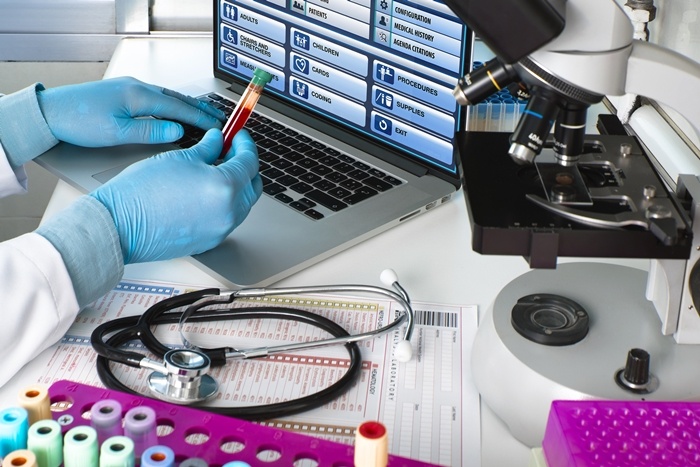
A new study published in the journal International Society for Cellular Therapy indicates that patients undergoing allogenic stem cell transplants benefit from the addition of a form of T-Cells called ATIR101. ATIR101 can help the body fight tumour cells and infections while the patient is recovering from a transplant.
This new Phase 2 trial also discovered that ATIR101 can be used with minimal risk of the patient contracting graft vs host disease (GVHD) — where the transplanted tissue begins to attack the recipient’s cells. This discovery could make receiving a stem cell treatment much safer for patients.
The study is titled Add back of selectively depleted alloreactive T-cells retaining the full immune repertoire of mature T-cells improves event-free survival (GRFS) and overall survival in a T-cell depleted haploidentical HSCT. It will be presented by Dr. Halvard Bönig at the Johann-Wolfgang-Goethe University in the coming weeks.
Dr. Bönig is also head of the Department of Cellular Therapeutics at the German Red Cross Blood Donor Service. They have the ability to easily manufacture the ATIR101 cells used in the trial.
When a patient is diagnosed with a blood cancer like leukaemia, doctors will often use a stem cell treatment to help them recover. The patient usually has large doses of chemotherapy and radiotherapy to kill the cancerous cells in their blood stream and bone marrow. They then receive a stem cell treatment to restore their body’s ability to produce healthy blood cells.
Recovery time after a stem cell treatment takes between 6 to 12 weeks. During this time, their immune system is weakened and they are more vulnerable to infectious diseases. By giving the patient some ATIR101 T-cells, their body has the capacity to fight off infections while avoiding GVHD.
{{cta(‘010124f3-c9bc-4a23-b9fc-74953e6288c9’)}}

